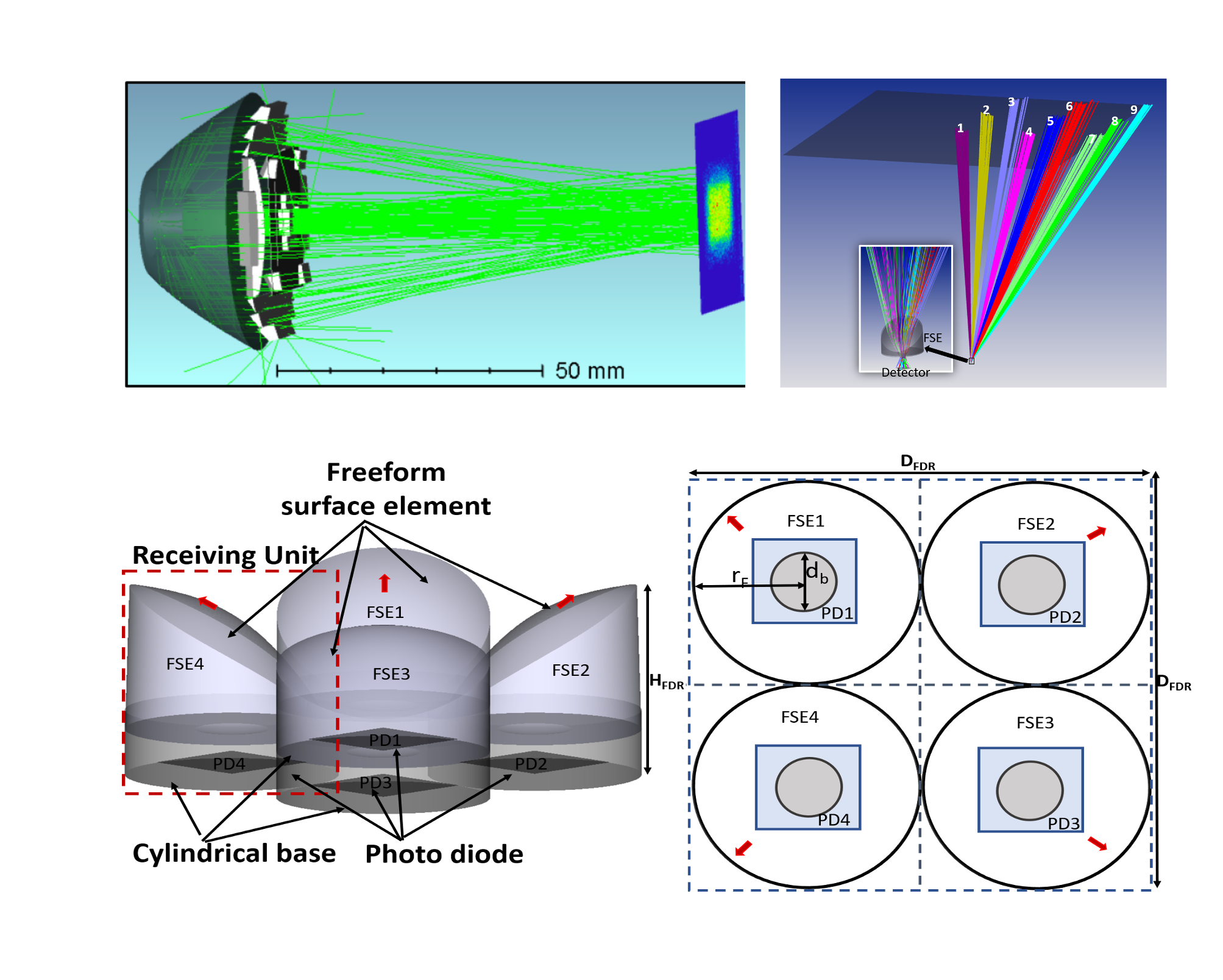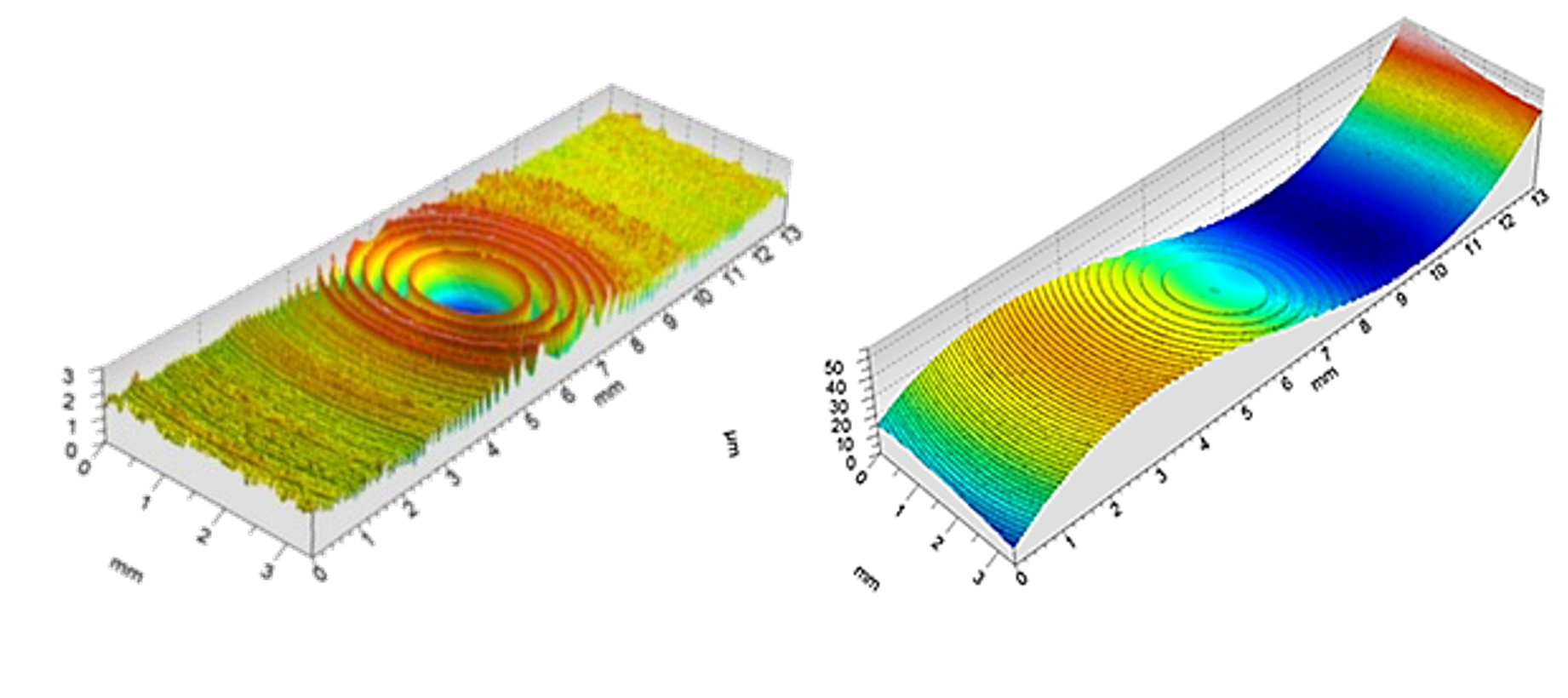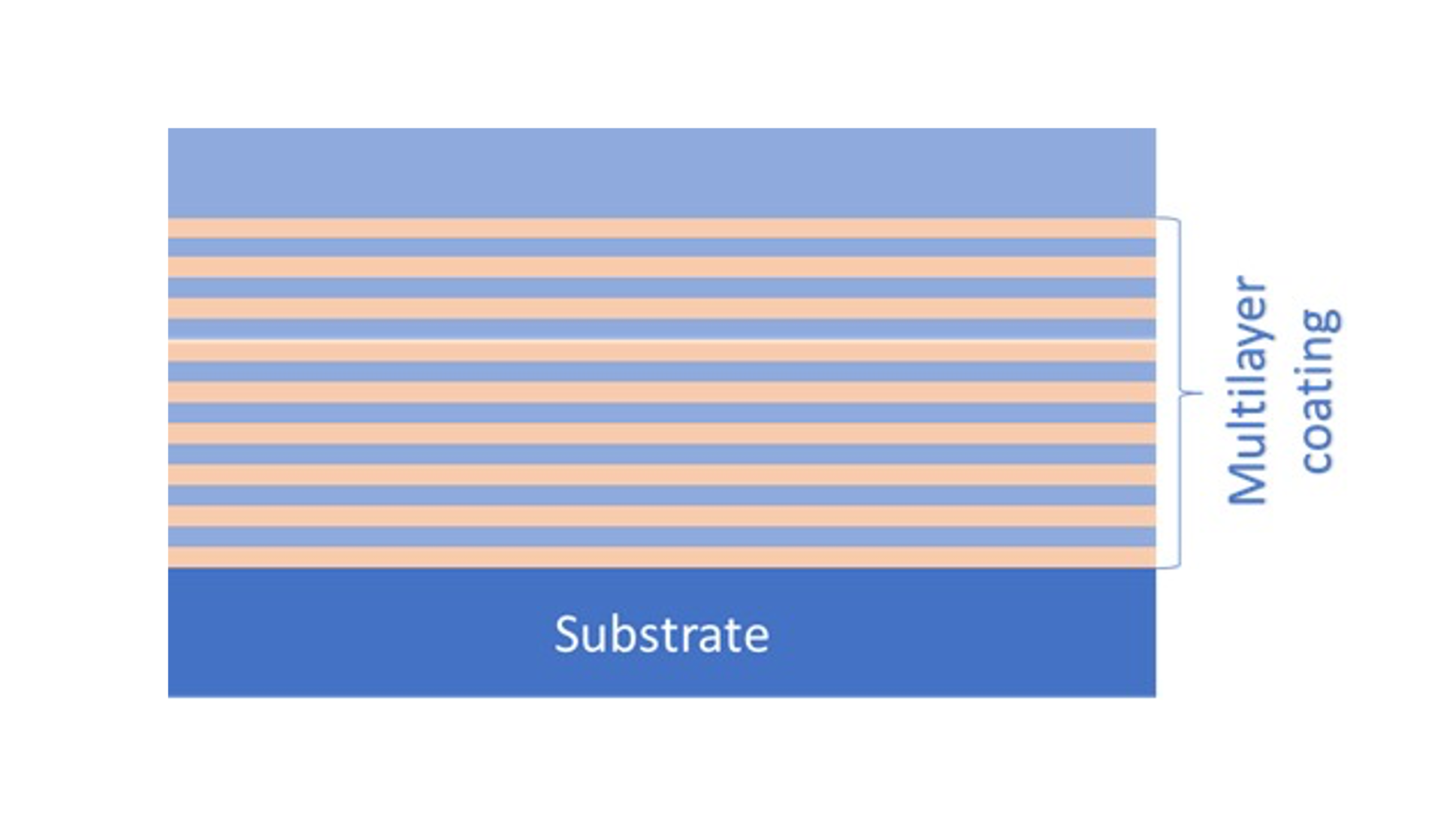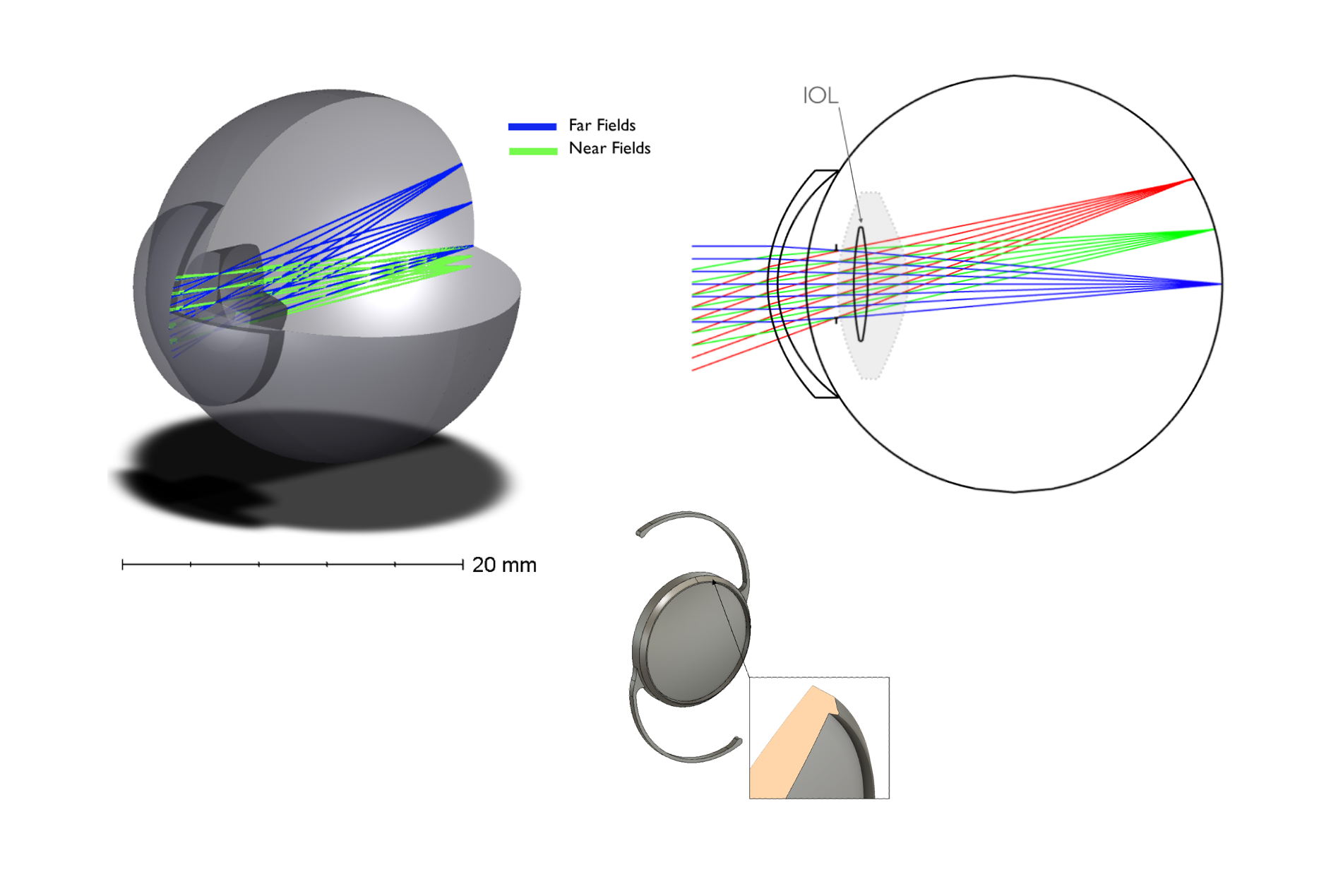Optical Design
Research group working under Prof. Gufran S Khan has been extensively involved in designing optics for various applications. The research group is a dedicated team of research scholars at the forefront of optical technology. With a passion for innovation and precision, our group specializes in the design and development of advanced optical systems for a wide range of applications. Our collaborative approach fosters creativity and drives breakthroughs in optical design, enabling us to contribute to fields such as :
- Freeform optics
- Diffractive and Micro-optics
- Multilayer coating design
- Intraocular Lens design
- X-Ray optics

Freeform optics for various optical engineering applications : Freeform optical design is a cutting-edge approach in optics that goes beyond traditional spherical or aspherical shapes. It involves creating complex, customized optical surfaces using mathematical modeling and advanced manufacturing techniques, enabling the development of more compact, lightweight, and high-performance optical systems for various applications such as -
- Illumination systems
- Projection systems
- Spectroscopy systems
- Thermal imaging optics
- Li-Fi optics

Diffractive and Micro-optics : Diffractive optics harness the principles of diffraction to manipulate light, allowing for the creation of intricate optical elements that can split or shape light in unique ways. Micro-optics, on the other hand, involves the miniaturization of optical components, often at a microscopic scale, to achieve precise light control and integration into compact devices. A latest development is about forming diffractive structures over a non-conventional surface such as a freeform. Such optics combines the advantages of the two into a single component. Therefore, calling it as a diffracto-freeform.

Multilayer coating design : Multi-layer coating design is a sophisticated optical engineering technique used to enhance the performance of optical components. By strategically applying layers of different materials to surfaces, it manages reflection, transmission, and absorption of light at various wavelengths. This technology is vital for improving optical instruments like lenses, mirrors, and filters, by reducing glare, increasing light transmission, and achieving precise spectral control for applications such as cameras, telescopes, and laser systems.

Intraocular Lens design : An intraocular lens (IOL) is a small artificial lens implanted within the eye during cataract surgery or refractive lens exchange. It replaces the eye's natural lens, which has become cloudy due to cataracts or other age-related changes. IOLs come in various types, including monofocal, multifocal, and toric, each designed to correct vision in different ways. They help restore clear vision and reduce the need for glasses or contact lenses, improving the quality of life for individuals with cataracts or refractive errors.